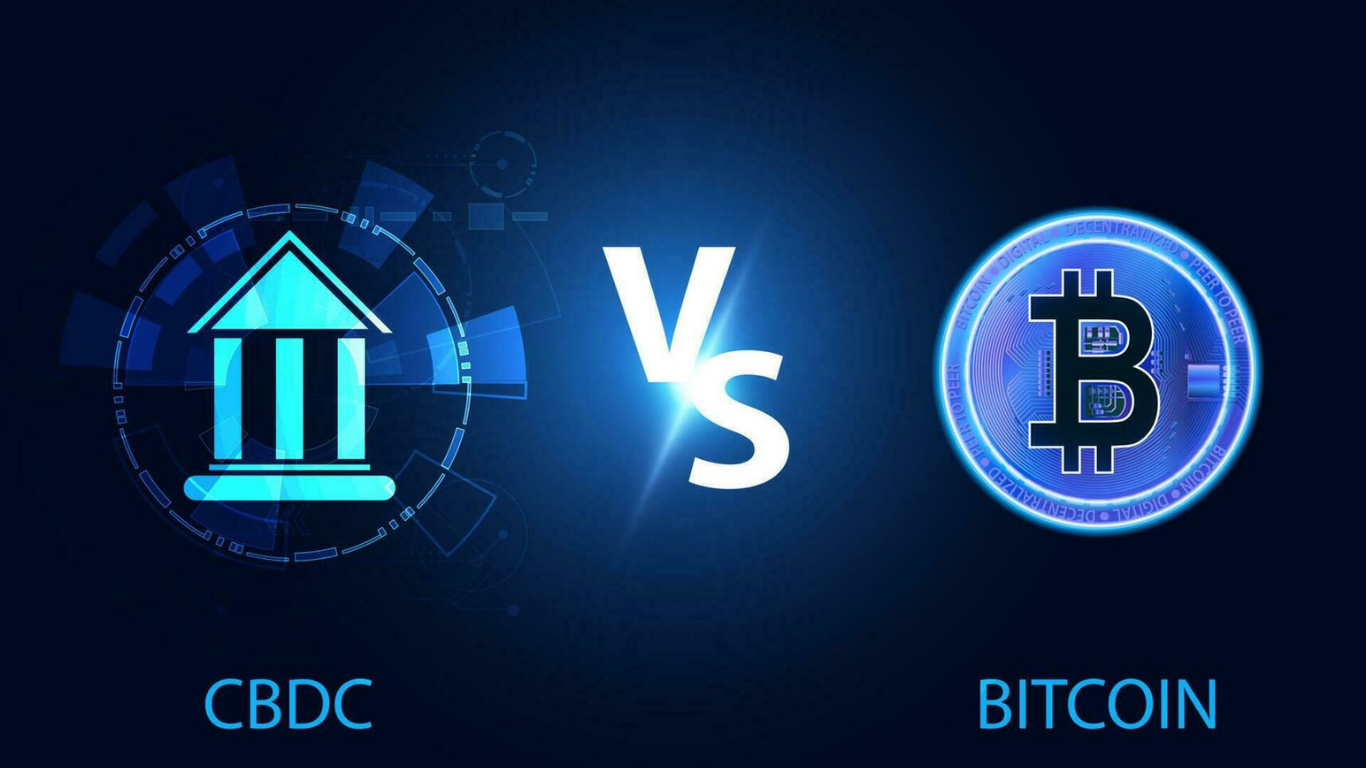Introduction: The Battle for Monetary Control
The rise of Central Bank Digital Currencies (CBDCs) and decentralized cryptocurrencies represents two competing visions for the future of money. While CBDCs promise government-backed stability, cryptos like Bitcoin champion financial sovereignty.
This deep dive explores:
✔ What CBDCs are and how they differ from crypto
✔ Global CBDC adoption trends (2024)
✔ Key benefits and risks of each system
✔ How Bitcoin and Ethereum could coexist with CBDCs
✔ Long-term implications for financial freedom
By the end, you’ll understand whether CBDCs will replace, compete with, or coexist alongside decentralized cryptocurrencies.
1. CBDCs Explained: Digital Fiat Under Government Control
Definition & Key Features
- Issued by central banks (e.g., digital dollar, e-yuan).
- Legal tender (must be accepted as payment).
- Programmable money (expiration dates, spending limits).
Types of CBDCs
| Type | Example | How It Works |
|---|---|---|
| Retail CBDC | Digital euro | Citizens hold CBDC wallets |
| Wholesale CBDC | FedNow (US) | Banks use for interbank settlements |
Global CBDC Adoption (2024)
✅ Launched: e-Naira (Nigeria), JAM-DEX (Jamaica)
🚀 Pilots: Digital yuan (China), e-krona (Sweden)
🛑 Opposed: US, Germany (privacy concerns)
2. Decentralized Cryptocurrencies: Money Without Middlemen
Core Principles
- No central authority (Bitcoin’s 21M cap enforced by code).
- Permissionless (anyone can transact).
- Censorship-resistant (governments can’t freeze wallets).
Key Advantages Over CBDCs
✅ Inflation-resistant: Bitcoin’s fixed supply vs. printable CBDCs.
✅ Global access: No bank account needed.
✅ Financial privacy: Unlike fully traceable CBDCs.
3. CBDCs vs. Crypto: A Direct Comparison
| Feature | CBDCs | Decentralized Crypto |
|---|---|---|
| Control | Centralized (gov/banks) | Decentralized (users/nodes) |
| Privacy | Fully traceable | Pseudonymous (except Monero) |
| Supply | Unlimited (like fiat) | Fixed (e.g., 21M BTC) |
| Use Cases | Daily payments, taxes | Store of value, DeFi, censorship resistance |
4. The Hidden Risks of CBDCs
A. Surveillance & Control
- China’s digital yuan: Blocks “undesirable” purchases.
- Expiring money: Stimulus funds usable only for 6 months.
B. Financial Exclusion
- No offline payments: Cuts off unbanked without smartphones.
- Social credit integration: Spend limits based on behavior.
C. Threat to Banks
- Disintermediation: Why use banks if citizens hold CBDCs directly?
5. How Crypto Could Coexist With (or Defeat) CBDCs
Scenario 1: CBDCs Dominate, Crypto Niche (40% Chance)
- Governments ban private stablecoins.
- Bitcoin remains “digital gold” for hedge funds.
Scenario 2: Hybrid System (50% Chance)
- CBDCs for daily spending, crypto for savings/DeFi.
- Privacy coins (Monero) go underground.
Scenario 3: Crypto Wins (10% Chance)
- Hyperinflation destroys trust in CBDCs.
- Citizens flee to Bitcoin (see Venezuela, Argentina).
6. Key Battlegrounds to Watch
A. Stablecoin Regulation
- USDC vs. digital dollar: Will regulators crush competition?
B. Privacy Tech Arms Race
- zk-proofs: Can crypto add privacy without enabling crime?
C. Developing Nations
- Nigeria’s eNaira failed—will others learn?
Conclusion: A Financial Cold War Looms
CBDCs and crypto aren’t just technologies—they’re ideological rivals. The outcome will shape:
✔ Personal freedom (state surveillance vs. anonymity).
✔ Global power (USD hegemony vs. Bitcoin standard).
✔ Economic resilience (inflationary vs. sound money).
Final Thought:
“The future isn’t digital currency—it’s about who controls it.”
